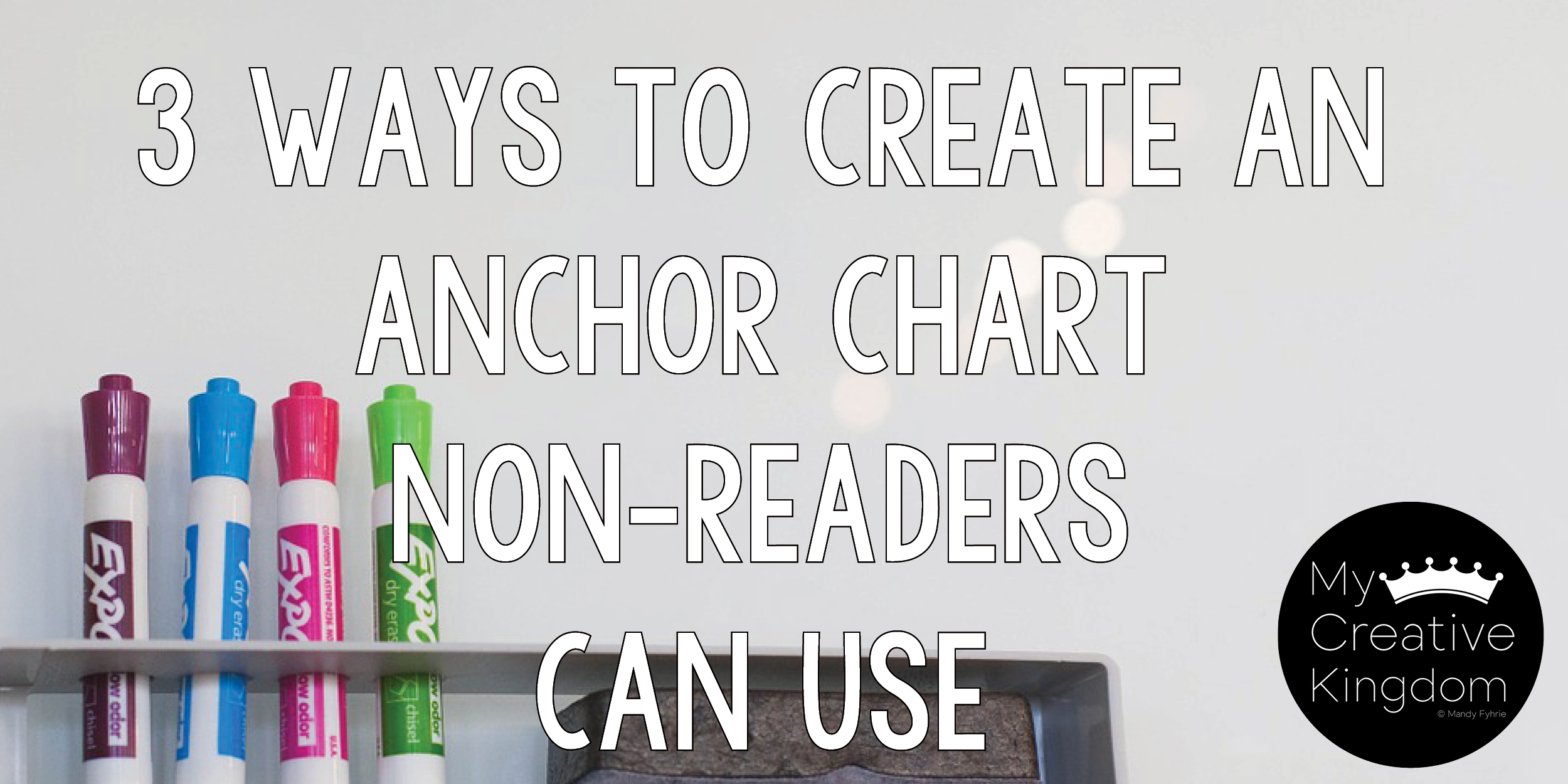English Language Learners who are new to our country (don’t speak or read English), kindergartners who are also language learners or people or students who are illiterate may not be able to read or write, but they can still learn in the classroom. What it takes, is a little creativity on your part. Invest in some good coloring markers. I use the scented Mr. Sketch markers. They don’t sink through chart or copy paper the way that Sharpies or other markers might.
- Intentional, Consistent Cross-Content Color-Coding: My tip is not revolutionary, but one that involves intentionality and consistency. For example, when I teach grammar in kindergarten, nouns are always green, and verbs are always orange. This means each time we cover a new subject, I always have the noun written in green and the verb in orange. If I write a sentence out, I use black marker and draw a box around the verb and noun in the appropriate colors. These colors remain the same no matter the subject. They are there all year long.
- Pictures: Nonreaders need lots of images. It is best to use photographs, but sketches will do, as long as we can tell what it is! I’m great at doing graphics on the computer, but my sketches (without seeing another sketch or object first) is not so great! If I create a sketch that isn’t that great in the moment, then I replace it later.
- Actions: Associate vocabulary terms with actions, so kids have a kinesthetic connection to the anchor chart you are using. If it is a poem, there should be movements. I have movements for the term verb and a motion for nouns. GLAD uses the term “total physical response.” This is what I do. Amazing technique.
